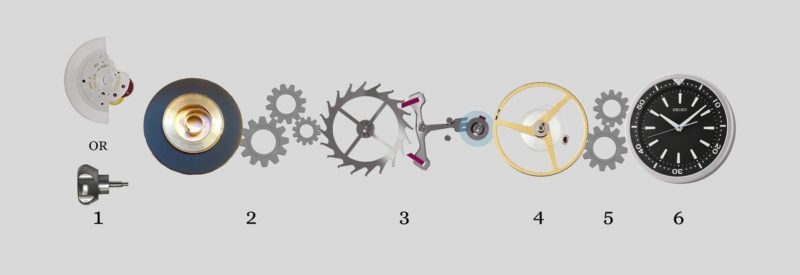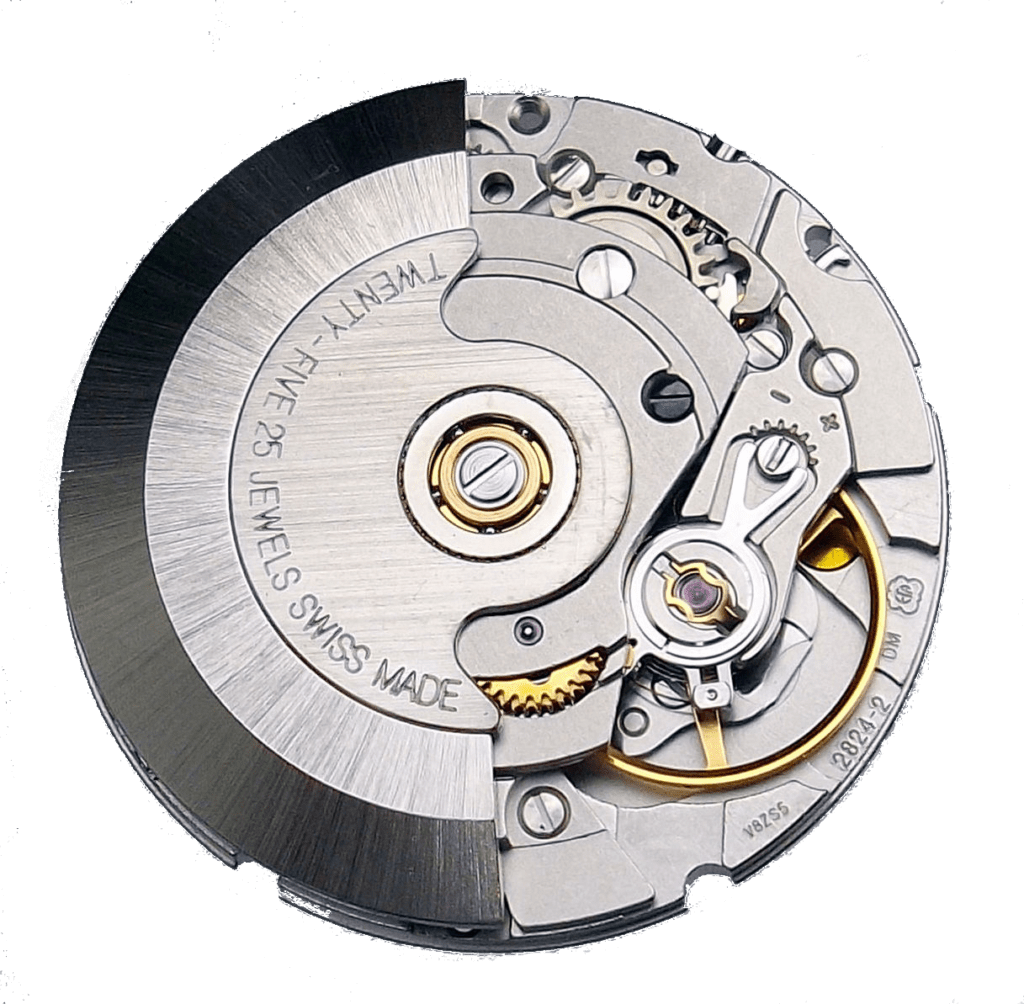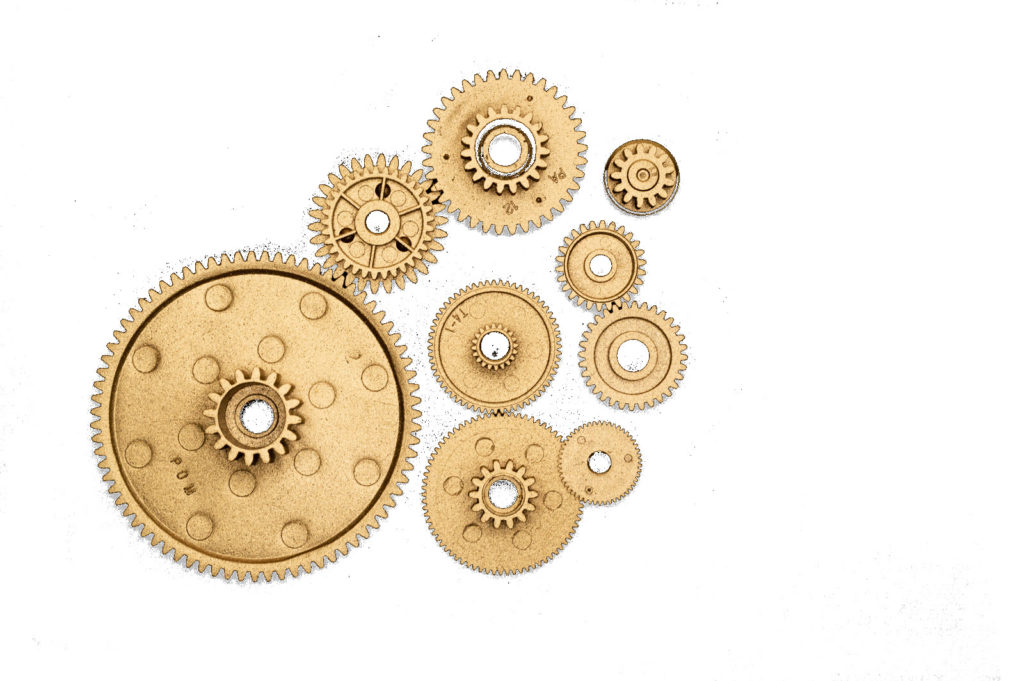Automatic Watch
Working of Automatic Watch A Battery Less Watch!
Advantages
1. Luxuriousness – The very first reason why automatic watches are so popular is their luxuriousness. The mechanism that consists of more than a hundred tiny parts hand-assembled by professionals is just sheer genius. What’s incredible is that the eye-catching engineering is often displayed through a transparent caseback or via a skeletonized dial.
In addition, when you look at the luxury watches from Rolex, Omega, Hublot, or any other, they are always equipped with precisely automatic movements.
2. No battery – Another significant advantage of automatic watches is that they don’t require any batteries. It means you don’t ever have to worry about the battery running empty or wasting time on replacing it.
3. Sweeping hand – Due to the specifics of the automatic movement, you’ll get a very appealing sweeping motion of the second hand. Instead of taking one step in a second, a typical automatic timepiece takes 6-8 steps a second.
4. Value – Automatic watches can last for decades, if not generations. It also means that a quality timepiece (especially a limited edition model) can be an investment that costs a whole lot more in the future.
Disadvantages
1. Low power reserve – The most significant disadvantage of self-winding watches is their low power reserve compared to other watch movements. The watches need frequent wearing or winding to keep them running.
2. Accuracy – Another concern is accuracy. When quartz watches deviate around 15 seconds a month, automatic watches lose or gain about 15-30 seconds a day. It means the watches aren’t very accurate.
The accuracy depends on various factors, from gravity and friction to temperature changes and magnetism. To learn more about it, see our post on automatic watch accuracy.
3. Price – Automatic timepieces cost more than quartz or solar watches. Due to the complexity and sophistication of the caliber, it takes more time to produce and requires pricier components.
The Working Principle of an Automatic Watch
Automatic watches consist of several parts that are vital for the movement. The six principal parts you can find from any automatic timepiece include:

1) A rotor – a half-circled metal weight that spins and whirls freely 360 degrees on the wrist, in that charging the mainspring
2) A mainspring – stores energy from the rotor and transfers it forward
3) An escapement – measures the energy to equal parts; allows the gears to advance by a certain amount, while also keeping the balance wheel vibrating by giving it a push with every swing
4) A balance wheel – the timekeeping element which oscillates back and forth at a precise rate with the help of a hairspring
5) The gears – transfer the beats to the watch hands
6) The hands – indicate time
These are the parts you’ll find from any automatic watch. Still, with a more intricate watch that also features a chronograph function, a calendar, or an alarm, the more complicated the movement becomes. Every additional feature that is added to the mechanism is called a complication.
The more complicated the system is, and the more parts and transitions it has, the higher is the probability of a time deviation. That is due to the various laws of physics affecting each and every part of the mechanism.

Now, consider a watch with over a hundred small pieces under the rule of the laws of physics, and you’ll understand why it cannot keep a 100% accuracy level.
Another factor affecting the accuracy of an automatic watch is the number of oscillations a balance wheel takes.
A standard automatic wristwatch has a balance wheel executing six swings in a second, or three oscillations (one oscillation equals two swings – back and forth). That is the frequency of 3 Hz.
However, a typical quartz watch has a rate of 32,768 Hz due to the piezoelectric attributes of quartz crystal. A simple theory is that the higher the frequency, the more stable it is in the core, and thus provides better accuracy.
But what causes the instability of the frequency?
Temperature Fluctuations
That is the most significant factor in determining the stability of a movement. Metal has a particular attribute to swell in the heat and shrink in the cold. Since watch movement consists of numerous small metallic parts measured to a precise size, then even the tiniest of components swelling or shrinking can already cause the whole system to deviate.

The deformation of metal parts starts to notably affect the accuracy at temperatures below 46F (8C) and above 100F (38C). If an automatic wristwatch receives a stable temperature, preferably close to the center of the noted margins, it gets least affected by this physical aspect.
Beautiful watches
ReplyDelete